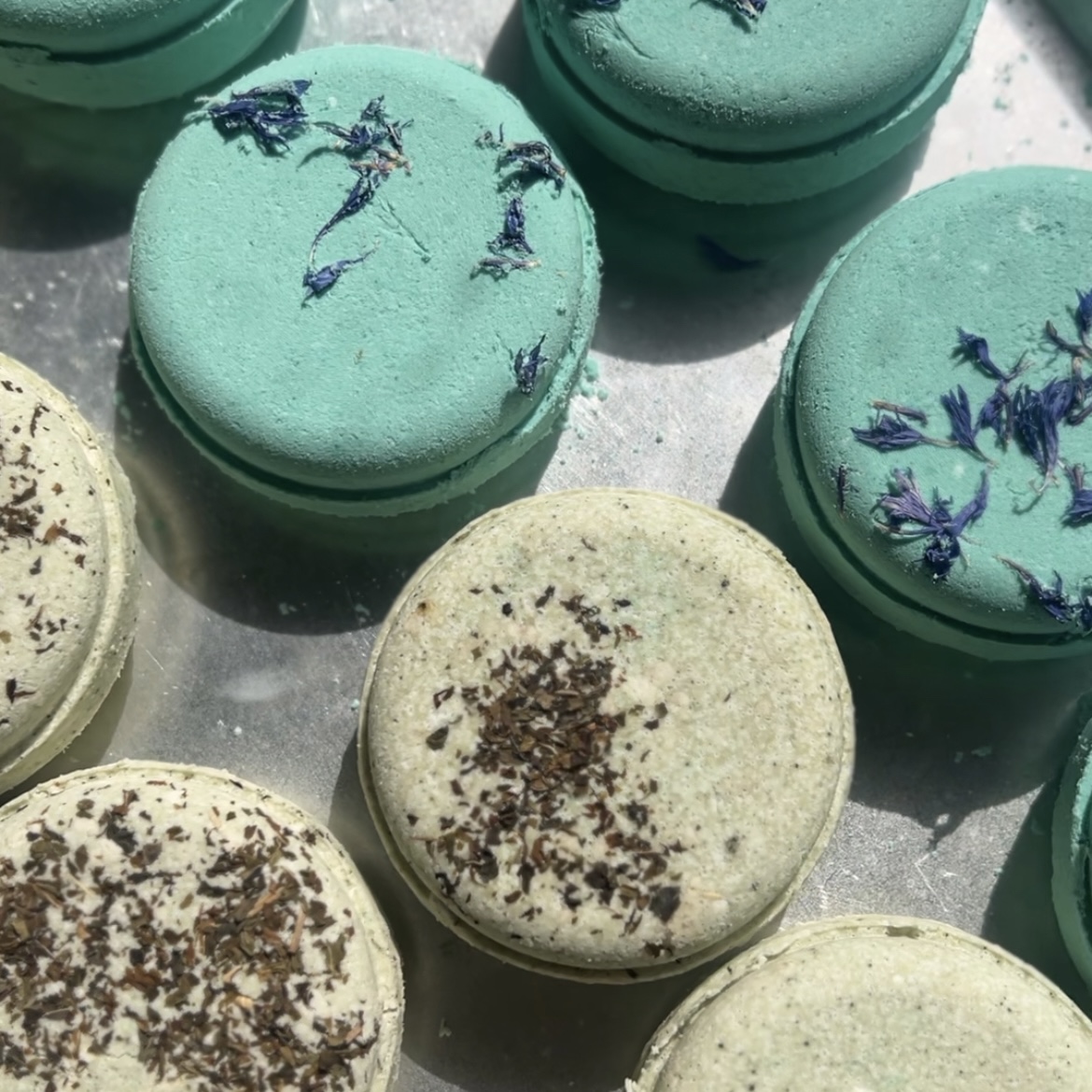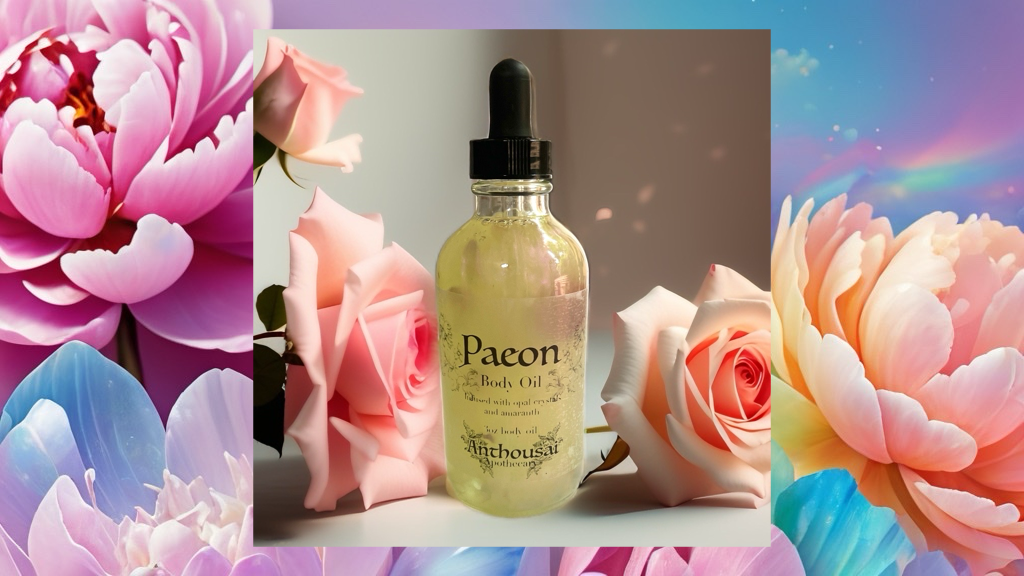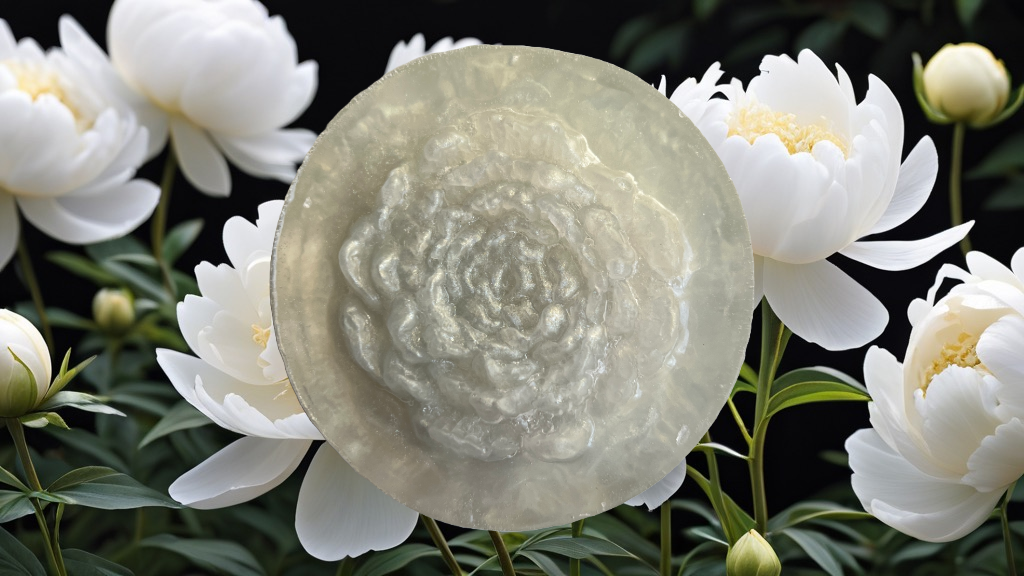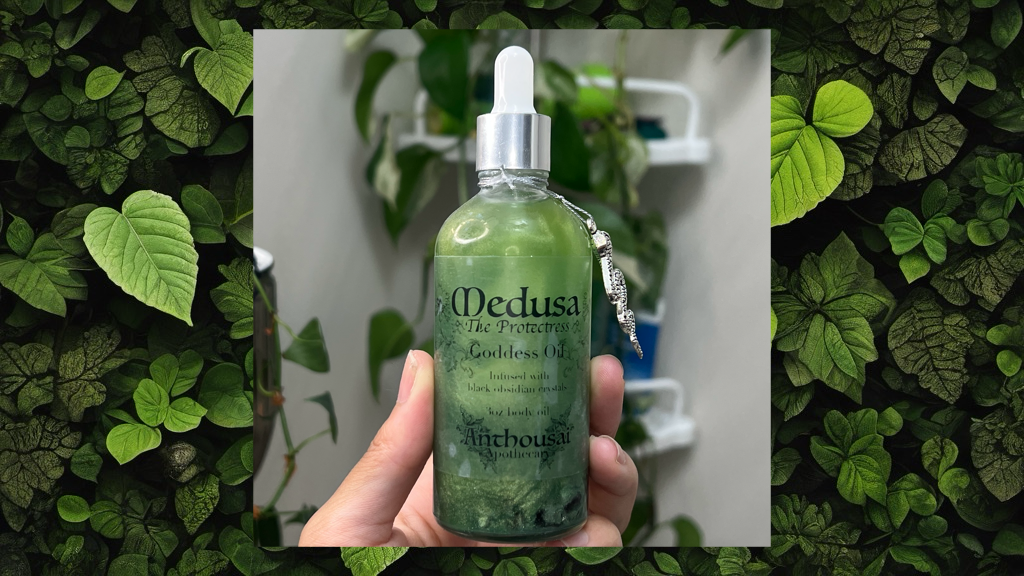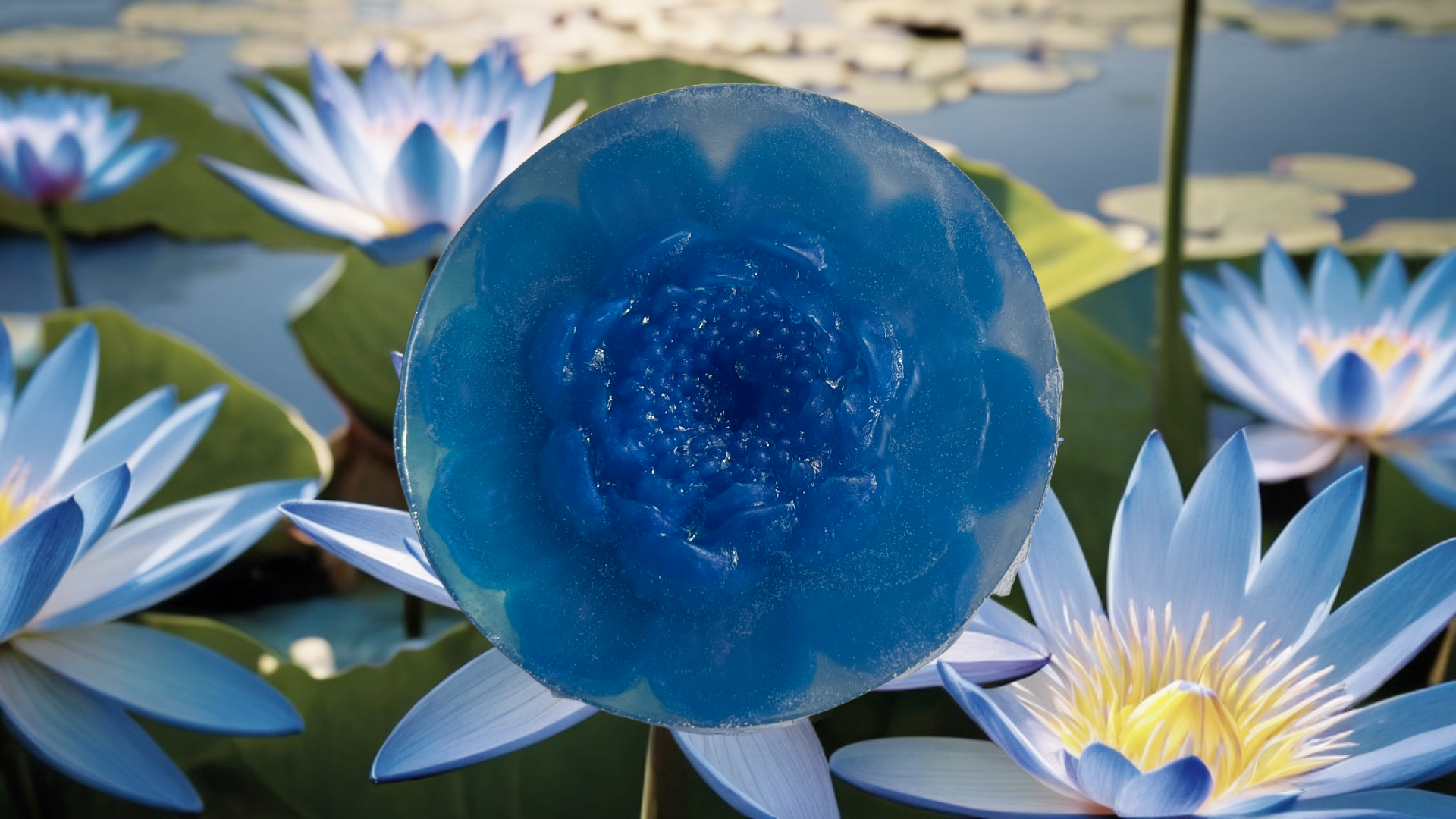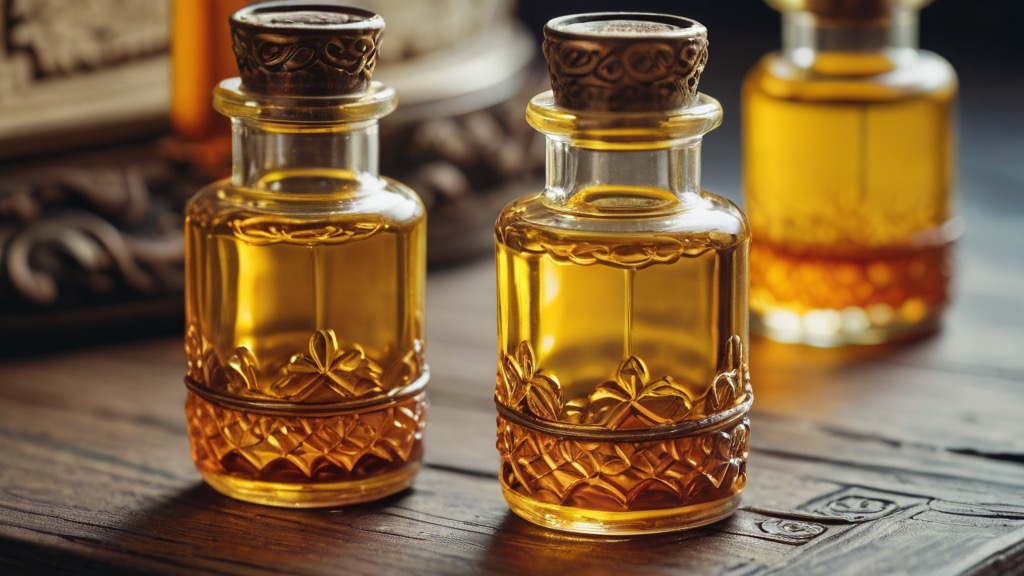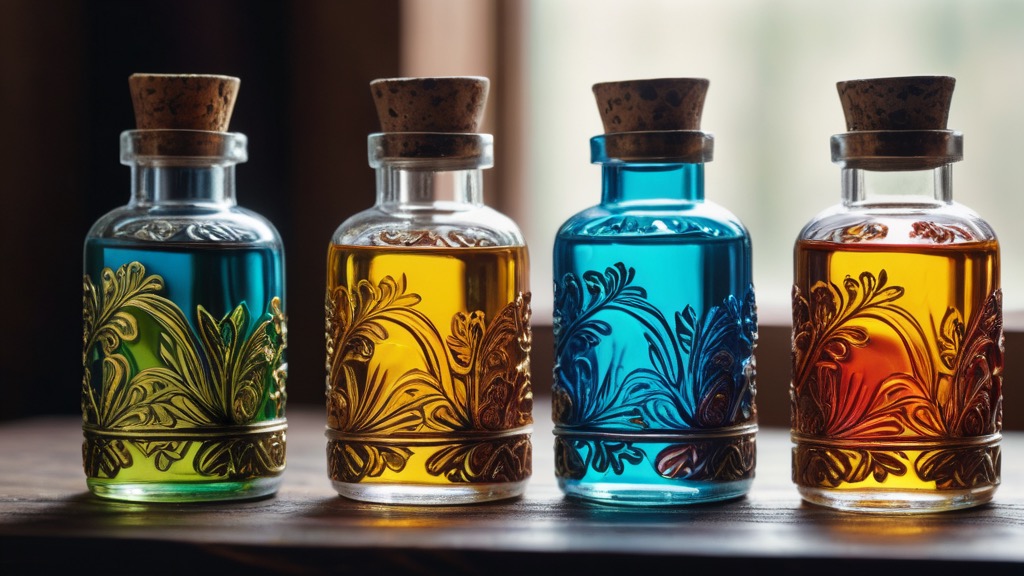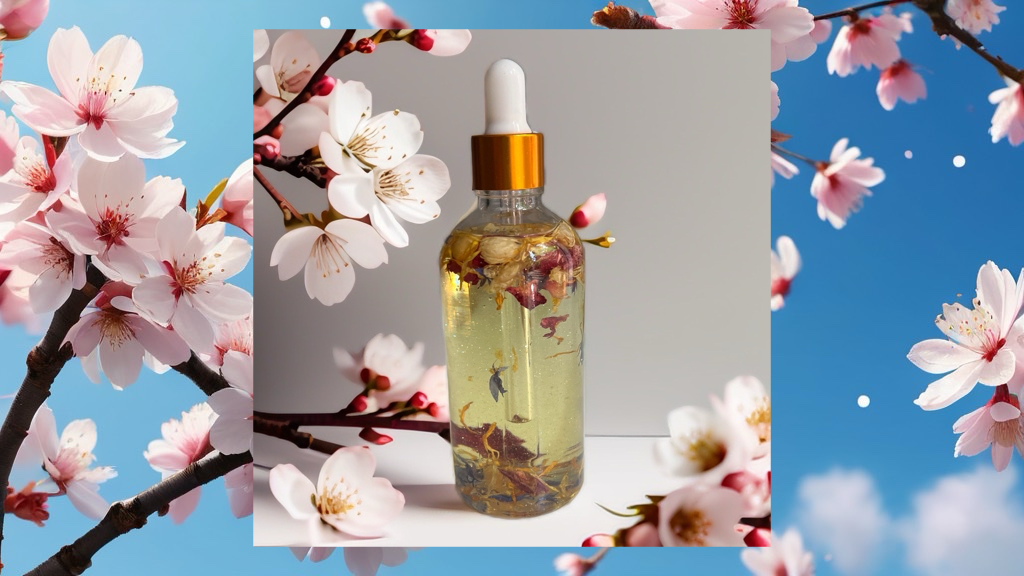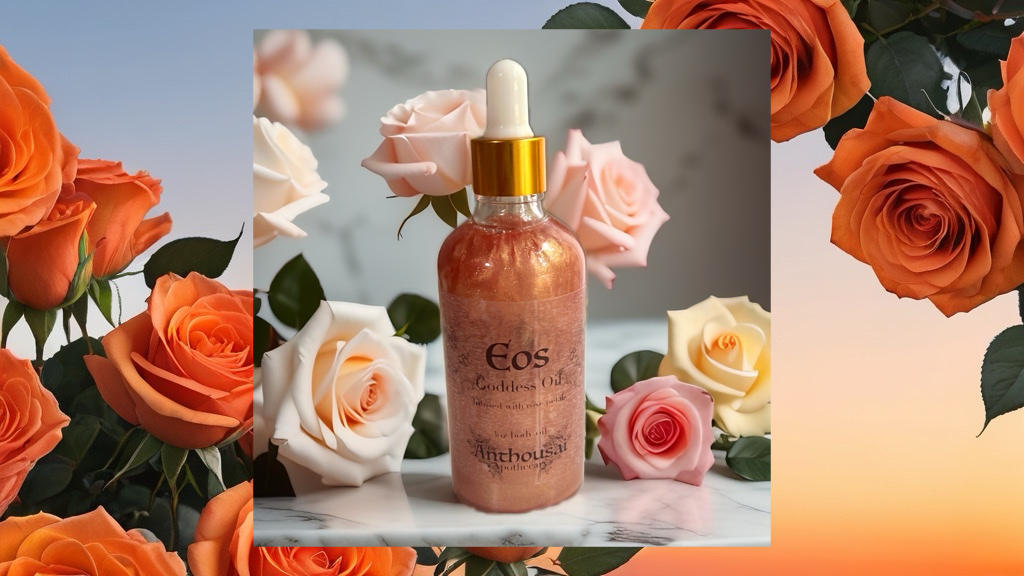
The myth of Psyche and Eros is one of the most well-known and enduring stories in Greek mythology. It explores themes of love, trust, betrayal, and the path to redemption. This tale follows the journey of Psyche, a mortal woman, who falls in love with a god, Eros (known to the Romans as Cupid), only to be tested by jealousy, doubt, and her own inner conflict. While many ancient myths focus on gods and their exploits, this one stands out because of its deeply human emotional core, making it relatable across the ages.
Psyche’s Trials and Inner Conflict
Psyche was a beautiful mortal princess, admired by all who saw her. Her beauty was so extraordinary that it caused the goddess Venus (Aphrodite) to become jealous. Venus, who was the goddess of love, could not bear the thought of a mortal rival. However, the god Eros, Venus’s son, was sent to punish Psyche by making her fall in love with a terrible creature. But when Eros encountered Psyche, he was struck by her beauty and decided to make her his wife instead, though he kept his true identity hidden from her.
Despite her marriage to Eros, Psyche struggled with doubt and fear. Her husband, though kind and loving, insisted that she never look at his face. The secrecy surrounding their relationship, compounded by the fact that Psyche never saw her husband’s true form, filled her with uncertainty. She couldn’t help but wonder who, or what, he really was. Her sisters, who were jealous of her happiness, fueled these doubts with cruel advice. They suggested that her husband might be a monster and encouraged her to kill him. They planted seeds of suspicion in Psyche’s heart, and the more she thought about their words, the more her fear grew.
The Decision to Act
Psyche’s inner turmoil reached its peak one night when she decided that she had to know the truth about her husband. She would not let her fear and uncertainty continue to control her. With the lamp she had hidden, she resolved to uncover the secret of her marriage, even if it meant betraying her husband. The struggle within her was intense—on one hand, she was deeply in love with him, but on the other, she felt betrayed by his refusal to share his identity.
When night fell, and Eros fell into a deep sleep after their lovemaking, Psyche finally made up her mind. She prepared the tools for the crime her sisters had encouraged her to commit. She lit the lamp and took a razor, intending to kill her husband, believing him to be a beast. However, her determination wavered as she stared at the sleeping god. Her fear and love clashed within her, and for a moment, she hesitated.
Despite her inner conflict, Psyche pressed forward, driven by the need to resolve her doubts. She moved closer to Eros and, as the light from the lamp shone on him, she prepared to strike. But what she saw instead of a hideous monster was something entirely unexpected.
The Revelation of Eros’s True Form
When Psyche gazed at her husband under the light of the lamp, she saw not a beast, but a handsome, radiant god—Eros, the god of love himself. His beauty was overwhelming, and it filled her with awe. His golden hair shimmered with ambrosia, his skin was as soft as the petals of a rose, and his wings glistened with a pure white brilliance. Eros was not only a god of desire, but also the most beautiful and gentle of beings, far from the fearsome creature she had imagined.
Psyche was struck dumb by the sight. The love and admiration she had for him grew tenfold, and her resolve to harm him vanished. Her heart swelled with both wonder and regret. She dropped the razor, not wanting to harm him, and instead gazed at him with deep affection. As she marveled at his divine form, she made a fateful mistake. Without realizing it, she pricked her finger on one of Eros’s arrows, and in doing so, she became filled with a passionate love for him, even more intense than before.
In a trance-like state, Psyche bent over Eros and kissed him. She could no longer resist her feelings. But in that very moment, the lamp, which had been illuminating the scene, dripped a drop of hot oil onto Eros’s shoulder. The burning oil woke him from his deep sleep and revealed that his trust in Psyche had been broken. He saw that she had disobeyed him, and with this betrayal, he could no longer stay.
The Betrayal and Eros’s Departure
Eros awoke, furious and heartbroken. He saw the consequences of Psyche’s actions: not only had she betrayed him, but in doing so, she had broken their bond of trust. He confronted her with a mixture of anger and sadness. He revealed the truth to her, explaining that he had defied his mother, Venus, when he chose to marry a mortal. Venus had ordered him to punish Psyche by making her fall in love with a “beast,” but instead, he had fallen in love with her. Eros confessed that he had wounded himself with his own weapon, by allowing his love for Psyche to flourish. Yet, his love for her had led to a disastrous mistake: the betrayal of trust.
In his rage, Eros flew away, leaving Psyche behind. She tried desperately to cling to him, grabbing his leg as he soared into the sky. But in the end, she lost her grip and fell to the earth, exhausted and heartbroken. As she lay there, helpless, Eros spoke from above, telling her that he could no longer stay with her. His departure was final, and the punishment for her betrayal was his absence from her life.
Psyche’s Despair and the Guidance of Pan
Devastated by her loss, Psyche was overcome with grief. She could not bear the thought of living without her husband. In a moment of utter despair, she threw herself into a river, hoping to end her life. But the river, honoring the god of love, did not allow her to die. Instead, it cast her gently onto the shore, where she was found by Pan, the rustic god of the wild.
Pan, who was familiar with the pains of love, saw Psyche’s suffering and took pity on her. He recognized the signs of her emotional torment—the pale complexion, the heavy sighs, and the mournful look in her eyes. Pan, with his wise and kind words, offered her solace. He advised her not to seek death but to focus on regaining the love of Eros. He urged her to pray to him, to show devotion, and to believe that redemption was possible. In his gentle way, Pan reassured her that love was not lost forever, but could be won back through persistence and care.
The Beginning: Psyche’s Beauty and Venus’s Wrath
Psyche, the youngest and most beautiful daughter of a king, became so admired for her beauty that people began to worship her instead of Venus. Venus, known for her own beauty, was furious at the attention Psyche received and decided to punish her. Venus commanded her son, Eros (Cupid), to make Psyche fall in love with the most hideous creature in the world. However, upon seeing Psyche, Eros himself fell in love with her. He secretly took her to his hidden palace and made her his bride, though he forbade her to see his true form.
As time passed, Psyche’s curiosity grew, and despite her husband’s warnings, she looked upon him one night while he slept. When she did, she saw that Eros was a beautiful god, not a hideous monster as she had been led to believe. Startled and ashamed, Psyche accidentally dropped oil from her lamp onto him, waking him. Eros, hurt by her betrayal, left her, and Psyche was left alone in the palace.
Venus’s First Task: Separating Seeds
Desperate to win back her husband, Psyche sought out Venus, hoping to find a way to repair her relationship with Eros. Venus, seething with anger, set Psyche a series of seemingly impossible tasks. The first task was to separate a huge heap of mixed seeds—wheat, barley, lentils, and more—into separate piles. Psyche, feeling overwhelmed and defeated, wondered how she could possibly complete this task.
As she sat by the pile of seeds, a colony of ants came to her aid. The ants, moved by sympathy for Psyche, quickly sorted the seeds into the correct piles. Psyche completed the task, and Venus begrudgingly allowed her to continue. However, Venus still suspected that Psyche had received divine assistance and was unsatisfied with the outcome.
Venus’s Second Task: Gathering Golden Fleece
For her second task, Venus commanded Psyche to retrieve golden fleece from a dangerous flock of sheep. These sheep had golden wool, but they were fierce and would attack anyone who came near. Psyche, terrified, considered ending her life to escape the cruel task. But as she approached a river, a reed spoke to her and advised her to wait until the sun was cool. Then, when the sheep came to drink from the river, she could collect the golden fleece from the bushes they grazed on.
Psyche followed the advice, and successfully gathered the golden fleece, though she faced more trials and temptations along the way. Once again, Venus accused her of receiving divine help and dismissed her with a sneer.
Venus’s Third Task: Fetching Water from the Styx
The third task was even more dangerous: Venus sent Psyche to fetch water from the river Styx, which flowed through the underworld. The river was guarded by terrible serpents, and Psyche had no idea how to cross it. As she sat by the river in despair, an eagle sent by Jupiter, king of the gods, swooped down and retrieved the water for her. Psyche was able to return the water to Venus, though she was again chastised by the goddess, who still believed that Psyche had help from other gods.
The Final Task: The Box of Beauty from Proserpina
For her final task, Venus demanded that Psyche descend to the underworld and retrieve a box filled with beauty from Proserpina (Persephone), the queen of the underworld. This was an incredibly perilous task, but Psyche, driven by love and determination, set out on her journey.
Along the way, a tower spoke to Psyche, offering her guidance for the dangerous journey ahead. The tower told her to carry barley-cakes and coins with her, as she would need them for her journey through the underworld. Psyche was instructed to pass by a lame donkey driver and avoid speaking to the dead souls she would encounter. When she reached the ferryman Charon, she was to give him one of her coins as payment to cross the river Styx. Once she reached the underworld, she would need to feed the three-headed dog Cerberus to pass safely, and then she could approach Proserpina’s palace.
Following the tower’s instructions, Psyche successfully completed each part of the journey, passing through the underworld without faltering. When she met Proserpina, she was offered rich food and comfort, but she refused, staying true to her mission. Proserpina gave her the box, warning her not to open it, and Psyche took the box, eager to return to the surface world.
The Tragic Opening of the Box
However, on her way back, Psyche’s curiosity overcame her. She wondered what was inside the box, and, despite the warnings, she opened it. Inside, instead of finding beauty as she expected, Psyche found a deep sleep—a sleep so heavy and powerful that it consumed her, and she collapsed on the ground, motionless like a corpse.
At this moment, Eros, who had recovered from the injury Psyche had caused, came to her rescue. He found her and, using his divine powers, gently woke her with a soft prick of his arrow. He scolded her for her curiosity, but he also helped her complete the final part of the task, returning the box to Venus. Psyche, still deeply in love with Eros, continued her journey to fulfill Venus’s demands.
Eros Seeks Jupiter’s Help
Despite his love for Psyche, Eros was still worried about his mother’s wrath. He sought out Jupiter, the king of the gods, to ask for permission to marry Psyche and make her immortal. Jupiter, though initially displeased with Eros’s behavior, agreed to the marriage, recognizing the depth of their love. He declared that Psyche would be made immortal, and that she and Eros would be united forever.
Jupiter’s intervention meant that Psyche’s mortal life was over, but her journey of trials had transformed her into a goddess. She was given ambrosia, the drink of the gods, and became immortal.
The Wedding of Eros and Psyche
The gods gathered to celebrate the marriage of Eros and Psyche. The wedding was a grand affair, with feasting, music, and dancing. Psyche and Eros were united in eternal love, and they were blessed with a daughter, Voluptas (Pleasure), symbolizing the union of love and joy. The gods all rejoiced in the harmony of this union, and the once tragic tale of separation and trials ended in a celebration of love’s triumph.
The Transformation of Psyche
The myth of Psyche and Eros is a powerful narrative about the challenges of love, the importance of perseverance, and the dangers of curiosity. Psyche’s journey through her trials represents the struggles that one must face in the pursuit of true love, and her transformation from mortal to immortal symbolizes the eternal nature of love when it is pure and true.
In the end, Psyche’s story is not just one of hardship, but also of growth and self-discovery. Her trials, while harsh, led to her becoming a goddess, and her reunion with Eros represents the triumph of love over adversity. Through this myth, we learn that love requires patience, sacrifice, and, sometimes, the courage to face the unknown.
Sources:
- Apuleius, Metamorphoses (The Golden Ass)
- “Psyche and Eros” from Greek Mythology
- “The Myth of Psyche and Cupid,” by the University of Chicago
- Apuleius, The Golden Ass (translated by E. J. Kenney)
- Graves, Robert, The Greek Myths
- Hamilton, Edith, Mythology: Timeless Tales of Gods and Heroes







